When considering a PA system, it’s fair to say that the mixer is often the first piece of equipment to evaluate.
Here, I’ll explain different types of mixers and how to choose one, along with recommendations for both analog and digital mixers.
What is a Mixer?
A mixer is a device that takes multiple audio signals (like those from microphones, keyboards, decks, and other sources), adjusts their levels and balance individually, and mixes them for output.
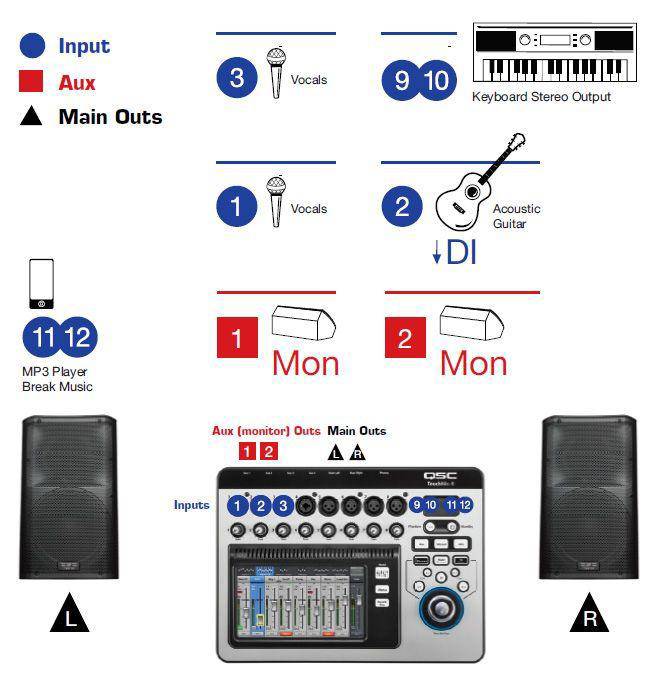
Types of Mixers
Analog Mixers
Analog mixers receive signals from sources like microphones, instruments, and players and directly adjust the sound’s volume and tone through knobs or faders before outputting the audio.
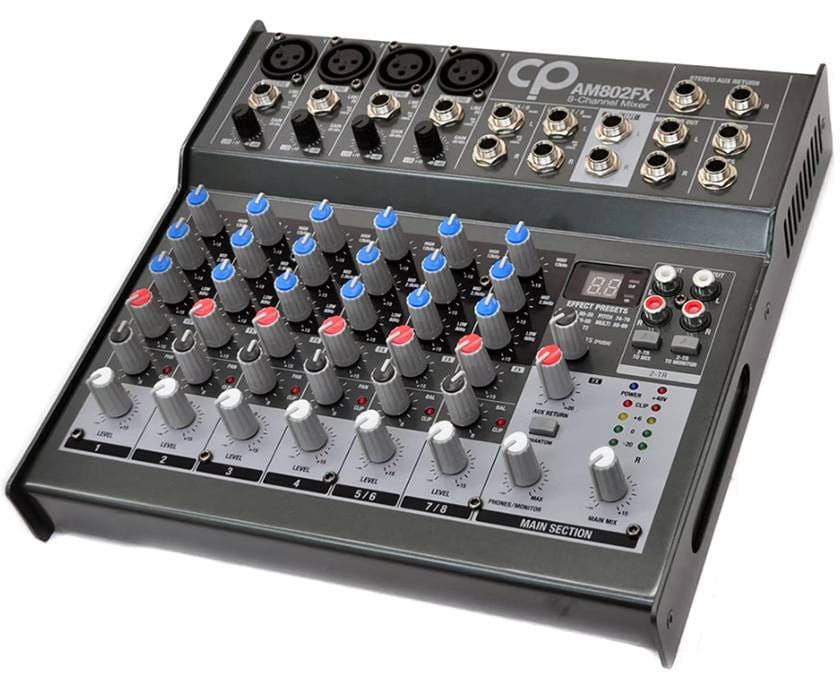
Benefits
- - Simple and Easy to Use
- Analog mixers usually come with 2-band or 3-band equalizers, making sound shaping straightforward and quick.
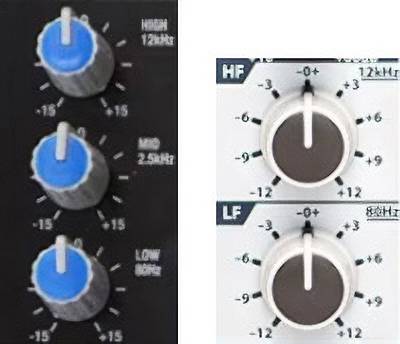
- - Consistent Look Across Brands
- With many standardized parameters, analog mixers are ideal for settings where various people may operate them.
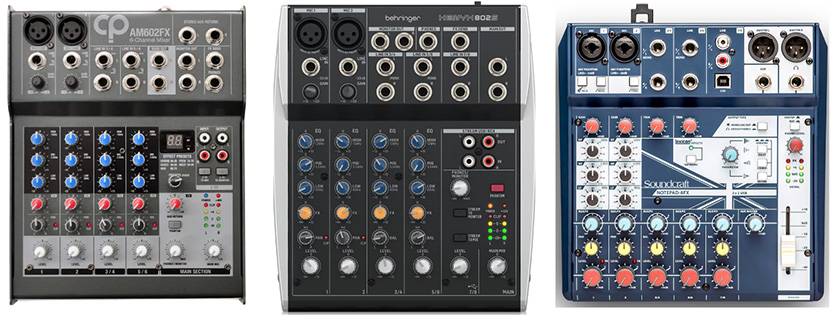
- - Visual Ease
- Knob and fader positions offer a clear, visual indication of volume balance.
- - Affordable Compared to Digital Mixers
- Smaller models can be found for under ¥10,000.
Drawbacks
- - Less Fine-Tuned Control
- Analog mixers are limited to visible, physical adjustments and don’t allow for more complex settings.
- - External Processors Needed
- If using compressors, equalizers, or effects, you’ll need to connect these as external devices, set them up, and wire them in separately.

- - Making Notes is Crucial
- As settings can’t be saved, making notes for band PA setups is essential.
Digital Mixers
Digital mixers convert audio signals into digital data, processing and mixing the sound within the digital domain.
Benefits
- - Space-Saving
- By switching the function of faders, knobs, and switches, digital mixers allow for numerous operations and eliminate the need for most external devices, conserving space.

- - Visual Controls
- Digital mixers display values, meters, and graphs on an LCD screen or connected PC, enabling precise sound design.

- - Detailed Sound Customization
- With built-in processors and effects, digital mixers allow complex adjustments in processing and routing that go beyond analog capabilities.


- - Save and Recall Settings
- Settings like fader positions, EQs, and AUX sends can be saved as scene memories, enabling instant recall during a quick band change.
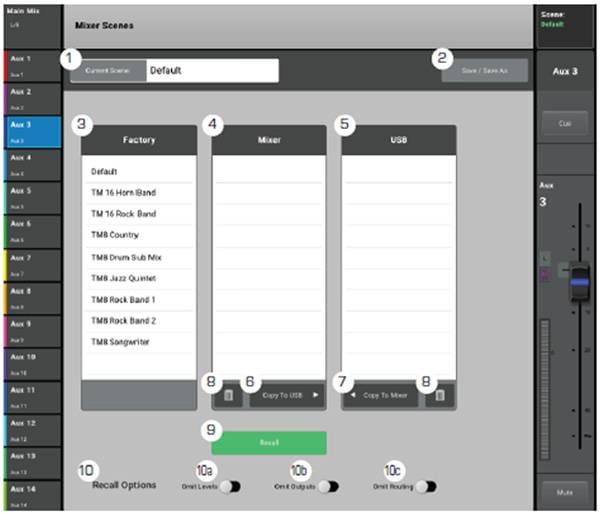
- - Remote Control from a Distance
- Wi-Fi-enabled models allow remote control from a PC or tablet, so you can adjust the main speakers from the audience area or balance monitor speakers from the stage.

- - Excellent Expandability
- Some digital mixers offer dedicated stage boxes that can transmit multiple channels via a single LAN cable between the stage and FOH (front-of-house) console, unlike analog mixers which require bulky multi-core cables.

Drawbacks
- - Complex Operation
- With more capabilities, the operation can be complex.
- - Best Operated by a Designated User
- Since it’s difficult for new users to operate without familiarity, a dedicated PA technician is often needed.
- - More Expensive than Analog Mixers
How to Choose a Mixer
Mic Input Count
For professional audio mixers, the mic inputs are typically XLR connectors. Choose a mixer with enough mic inputs for the number of instruments you’ll be using.

Stereo Input Count
Stereo inputs are for devices with L and R output terminals, like music players, decks, keyboards, and DJ mixers. Make sure the mixer has enough stereo inputs for your needs, similar to mic inputs.

Effects
If you want to add reverb to microphones for band performances or karaoke, look for a model with built-in effects. Models without effects are usually more affordable for the same channel count.

USB Audio Interface
A USB audio interface lets you send mixed audio to a PC or feed PC audio sources into the mixer. For live streaming, a mixer with this feature is recommended.
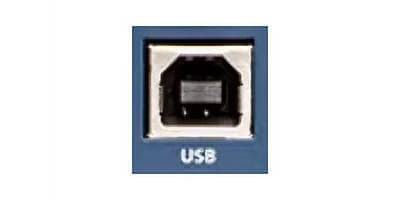
AUX Output (also called MON Output, etc.)
AUX outputs are often used to send signals to floor monitors. Small mixers often have only one AUX channel, while larger mixers tend to have more. Choose a mixer with enough AUX outputs for different mixes, like separate mixes for vocals and drums.


Wireless Control
Many digital mixers come with dedicated apps or software for wireless control. This allows you to mix audio remotely, such as from the audience area or stage, and adjust based on what you hear in real time. This can eliminate the need to move between the mixer and the stage when there’s only one PA operator.

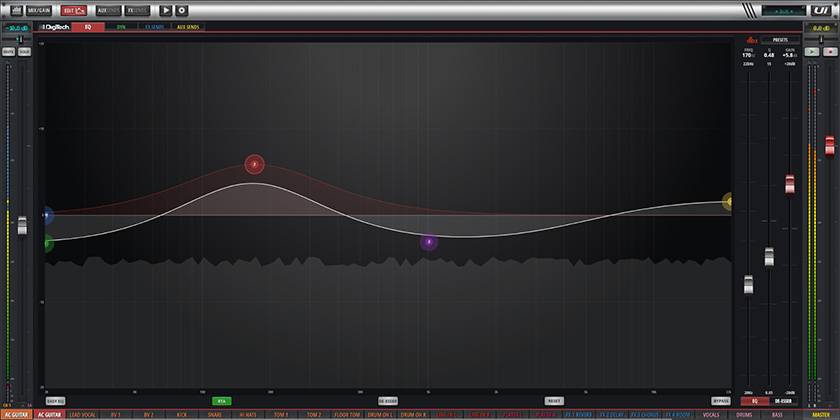
Recommended Analog Mixers
CLASSIC PRO/AM Series
Key Features:
- Classic layout, embodying the essence of an analog mixer
- Simple, user-friendly operation, ideal for beginners
- Great value for its price range
- AM02 and AM03 models include USB audio interfaces

- AM602FX and AM802FX models feature multi-effects
- AM602FX and AM802FX models have MONITOR outputs, allowing the same signal to output at different levels from the main signal

Soundcraft/NotePad Series
Key Features:
- Hi-Z inputs, enabling direct connection of passive electric guitars and basses without the need for a DI box
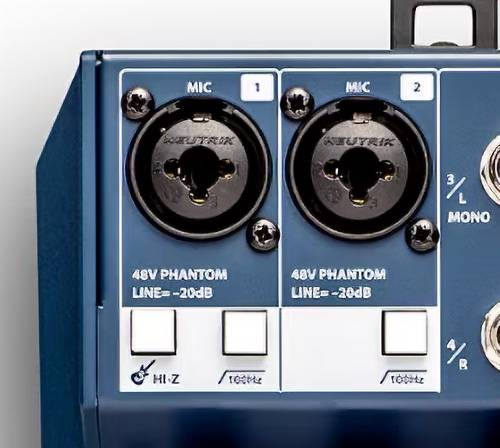
- USB audio interface for streaming music from a PC or for use in broadcasts

- 8FX and 12FX models offer reverb, delay, and chorus effects

- AUX output can switch between mono and stereo

- Balanced XLR main outputs, allowing for long-distance cabling

Behringer/XENYX Series
Key Features:
- A wide lineup to match various channel needs
- XENYX1003B model supports battery operation

- The XENYX1204 and larger models offer fader adjustments and balanced XLR outputs


- The XENYX1622 and larger models include routing switches for each channel
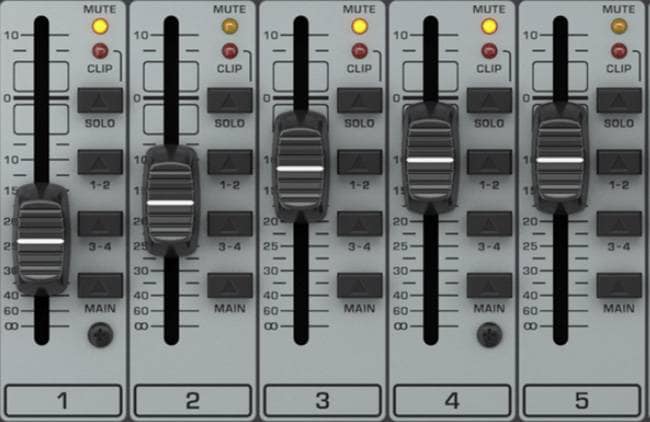
- Models with USB audio interfaces are also available

Recommended Digital Mixers
CLASSIC PRO/DM Series
Key Features:
- The DM20 offers motorized faders and is one of the most affordable desktop digital mixers
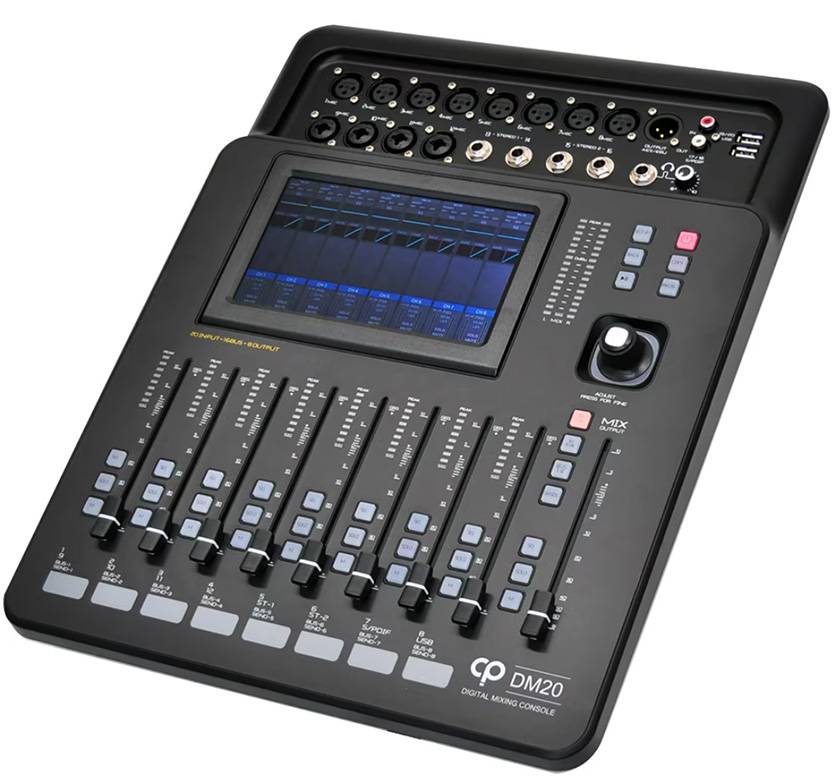
- Has an intuitive, analog-like feel, making it ideal for beginners to digital mixing
- Features a dedicated iPad app for easy DM20 control

- The compact DM16 model is also available
- The DM16 can be wirelessly controlled through a browser, allowing control from a PC, iPad, or iPhone

Soundcraft/Ui Series
Key Features:
- Compact, stage-box design minimizes space requirements
- Built-in Wi-Fi eliminates the need for an external Wi-Fi router for wireless control

- Supports connection via external router and wired LAN cable

- Includes Lexicon effects, dbx processors, and Digitech guitar amp modeling

- Browser-based control allows PC users to open multiple windows to monitor main, AUX, and FX channels simultaneously
- The Ui24R features an HDMI output for display and USB ports for use as an audio interface, supporting multitrack recording/playback
Behringer/X32 Series
Key Features:
- Known for revolutionizing digital mixing with its groundbreaking features
- Available in four models with different sizes and types
- High flexibility and expandability with AES50 network connectivity and compatible stage boxes and monitor controllers

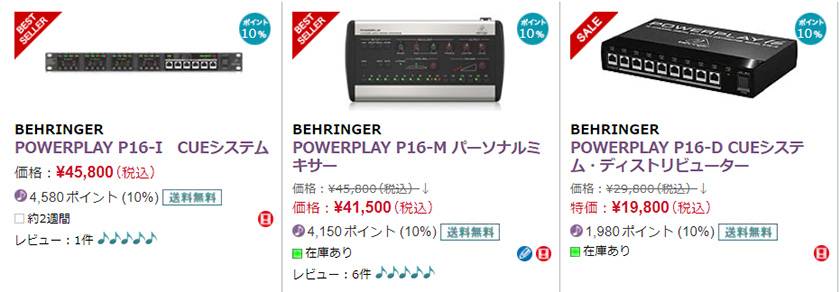

- Equipped with MIDAS-designed mic preamps for excellent audio quality
- Includes premium effects inspired by renowned professional processors

QSC/TouchMix Series
Key Features:
- Pioneering compact digital mixers
- TouchMix-8 and TouchMix-16 models are compact, about the size of a laptop
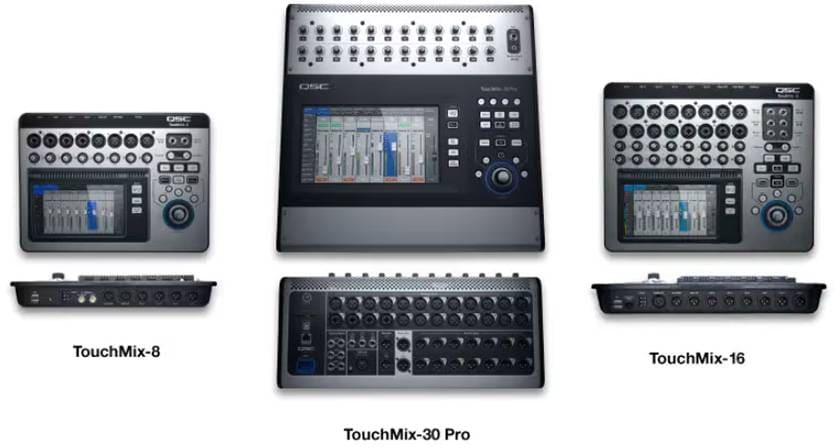
- Features a large, color touchscreen for direct control
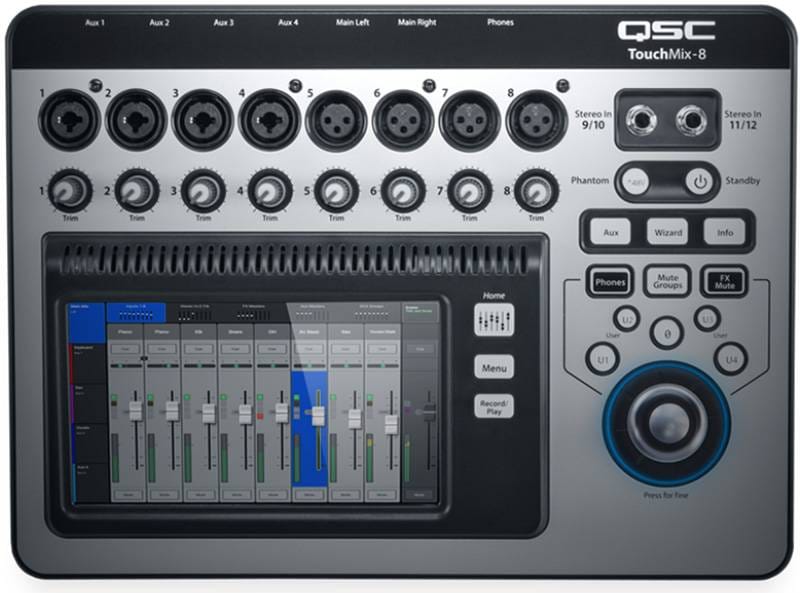
- Includes a preset library tailored for different instruments
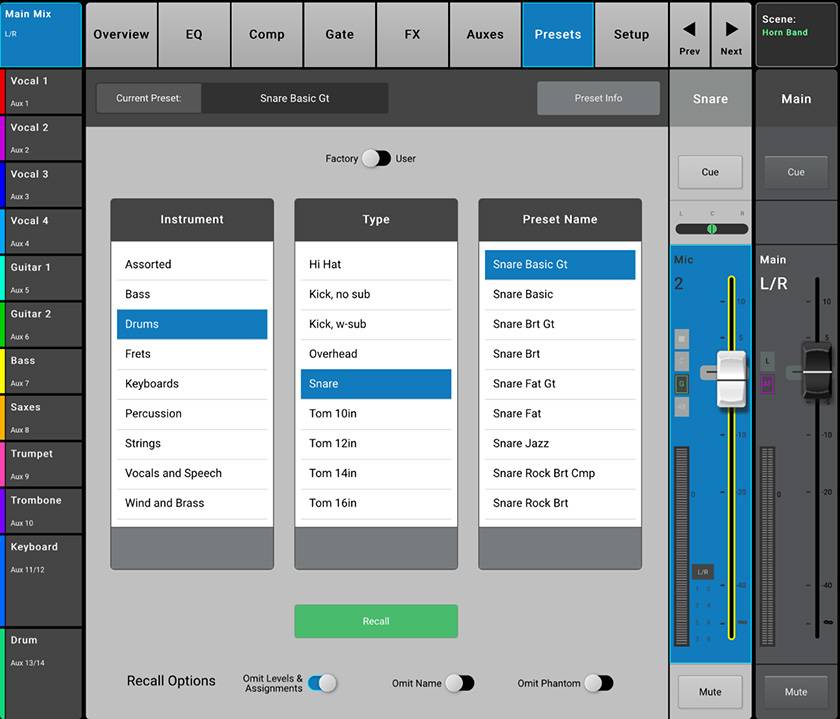
- Wireless control via a dedicated app

- Easy-to-use wizards for gain setting, effects, anti-feedback, and tuning

- Supports multitrack recording

- Top model, TouchMix-30Pro, offers a 32-in/32-out audio interface for DAW compatibility

Differences in Mixer Sound Quality
This can be a challenging topic to discuss, so as the saying goes, “seeing is believing”—or in this case, hearing! We have some audio samples to compare, so give them a listen!
How was it?
In this guide, I introduced what mixers are, explained their types, and went over the pros and cons of each. I hope this helps provide some useful insights when deciding on a mixer!











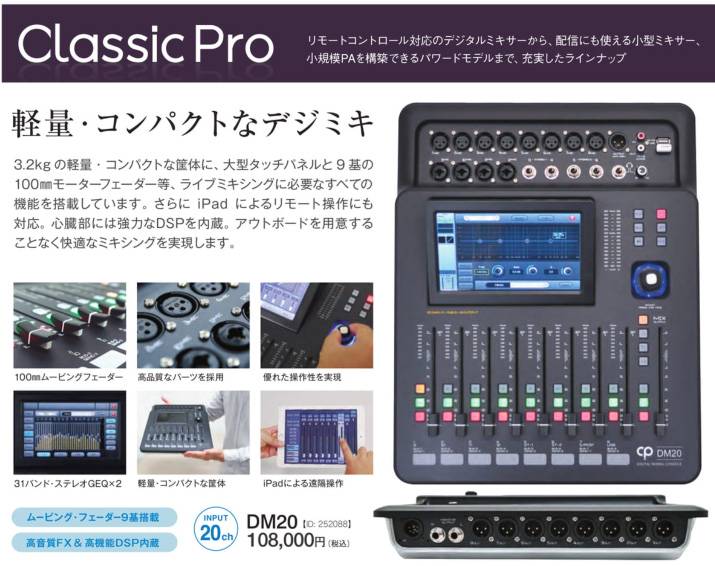

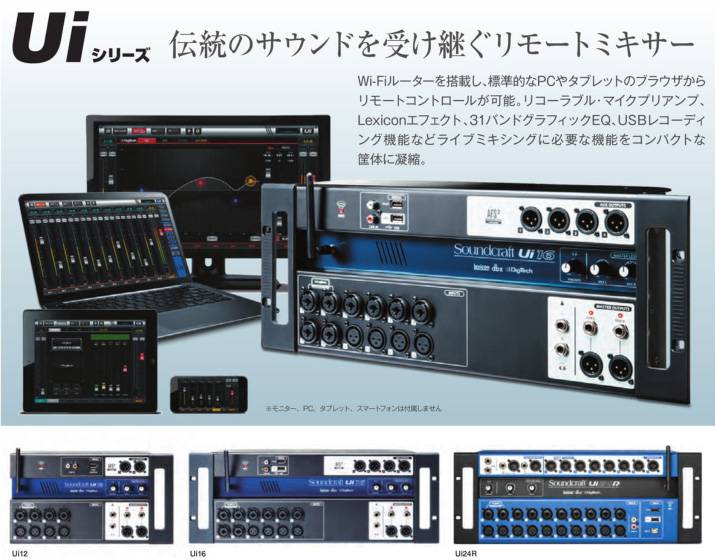





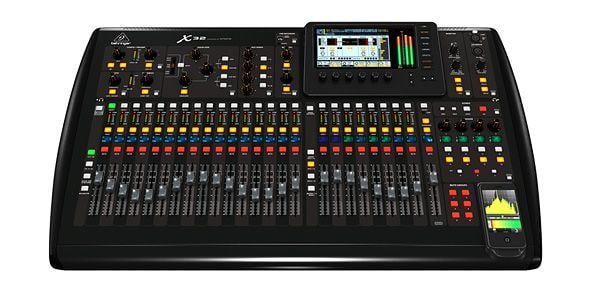
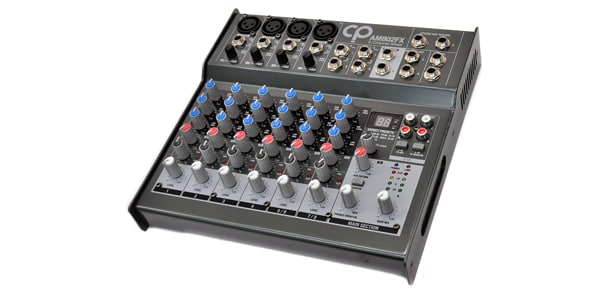
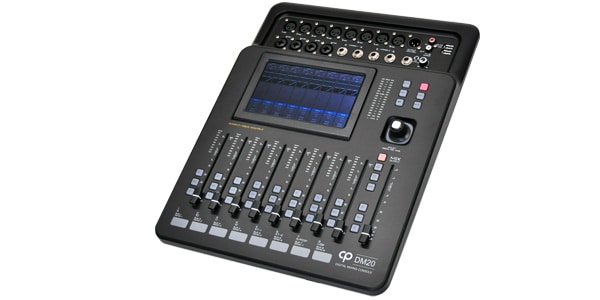
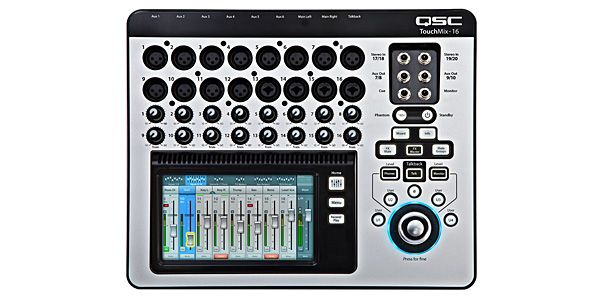
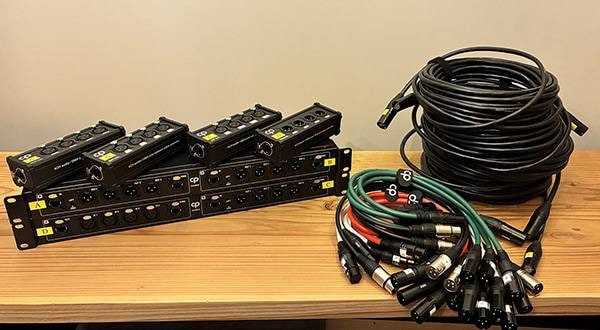
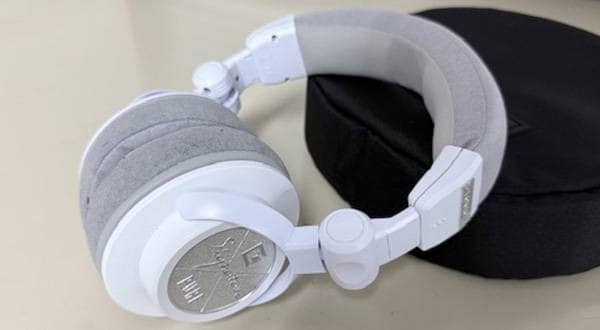
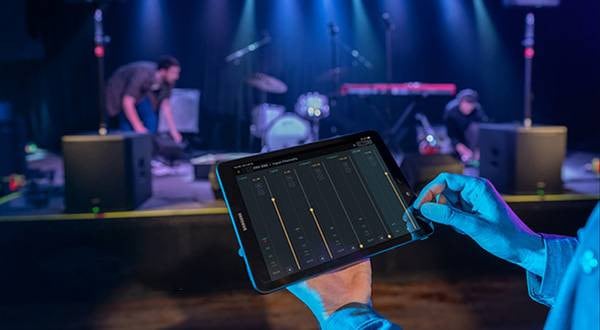
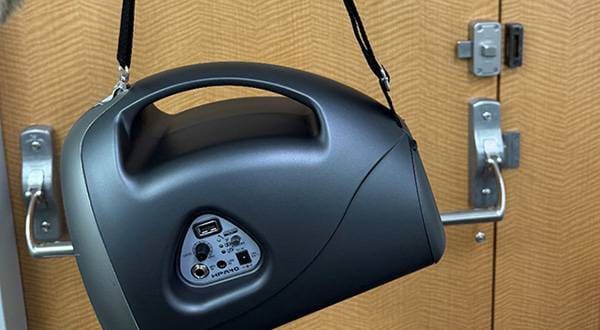
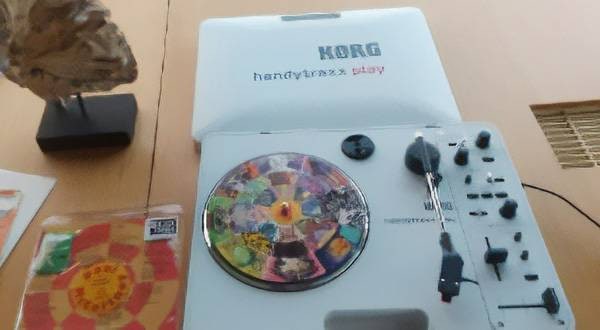
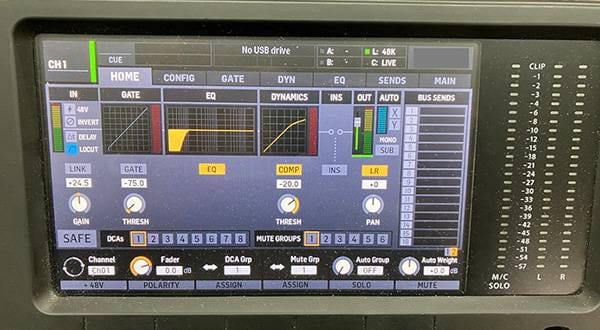
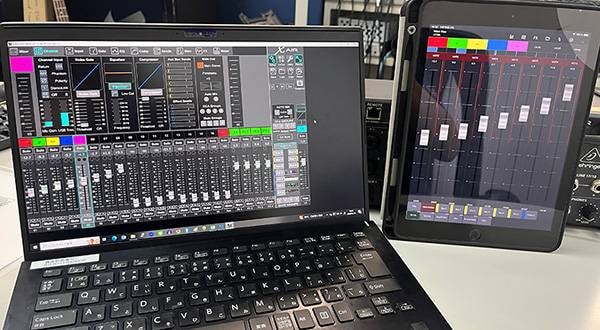

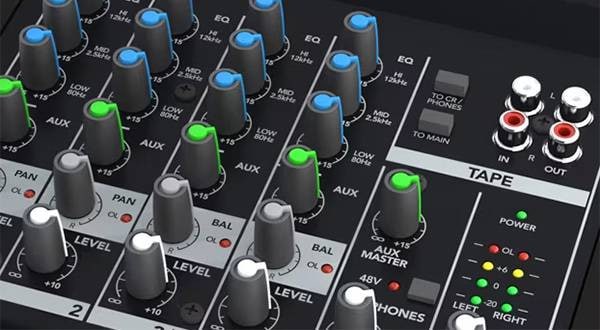

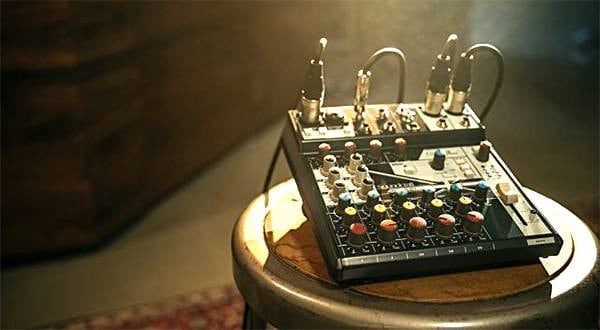
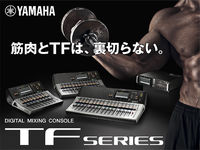 YAMAHA デジタルミキサー TFシリーズ V4.0
YAMAHA デジタルミキサー TFシリーズ V4.0
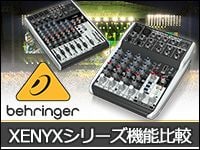 Behringer XENYXシリーズ機能比較
Behringer XENYXシリーズ機能比較
 QSC デジタルミキサー TouchMixシリーズ
QSC デジタルミキサー TouchMixシリーズ
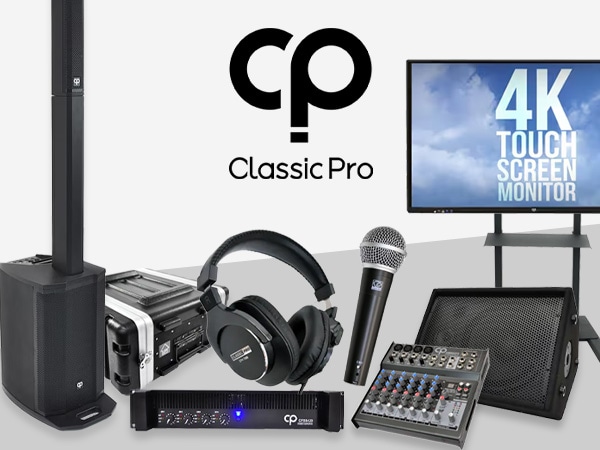 CLASSIC PRO
CLASSIC PRO
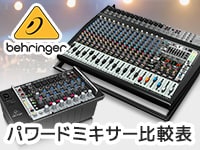 Behringer パワードミキサー比較表
Behringer パワードミキサー比較表
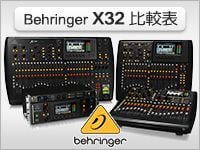 Behringer X32 比較表
Behringer X32 比較表















